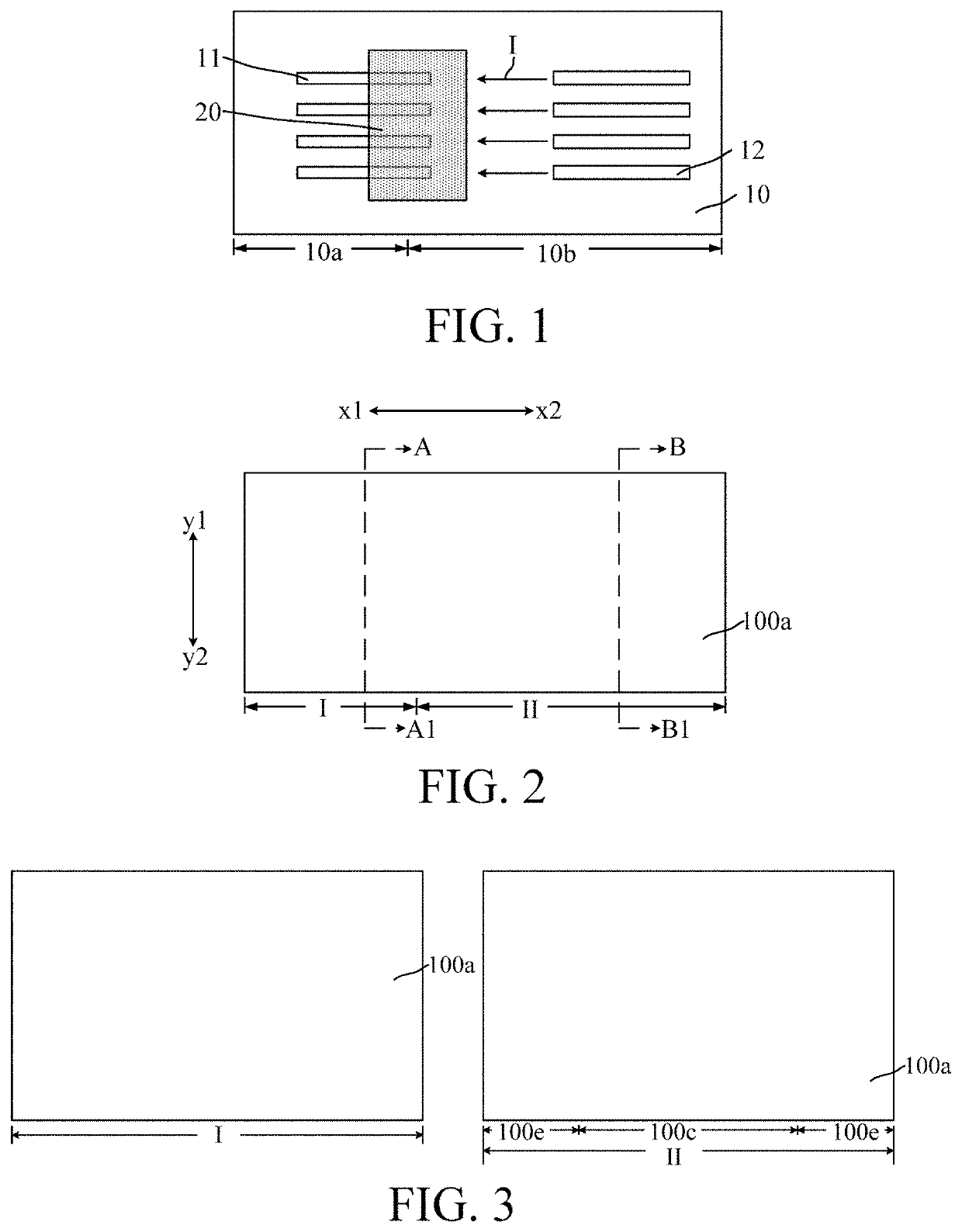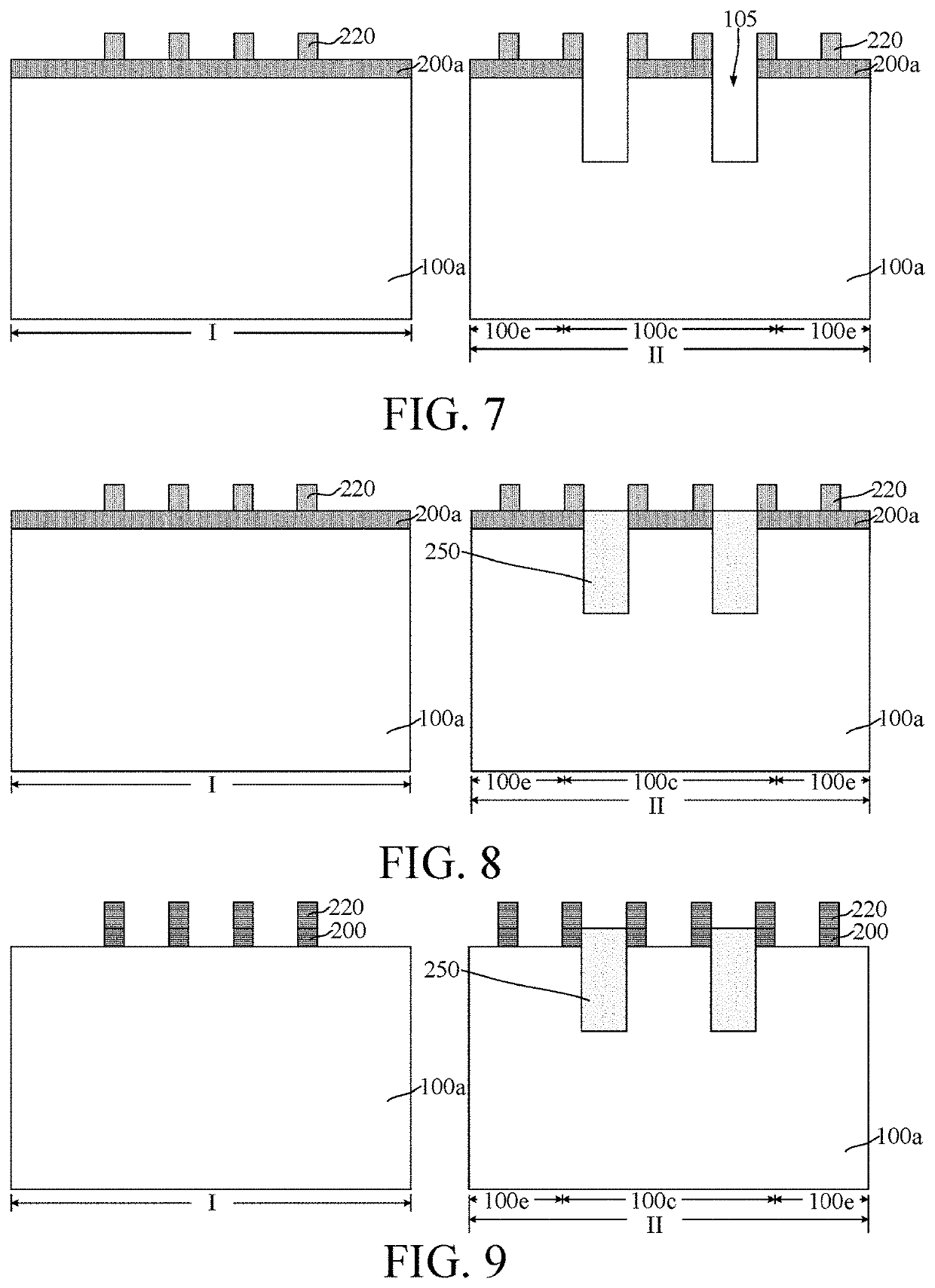Semiconductor structure and method of forming a semiconductor structure
a semiconductor and semiconductor technology, applied in the field of semiconductor manufacturing, can solve the problems of increasing electrically static damage to semiconductor chips, and achieve the effects of improving the breakdown voltage, reducing the current flow path voltage drop, and increasing the flow path length
- Summary
- Abstract
- Description
- Claims
- Application Information
AI Technical Summary
Benefits of technology
Problems solved by technology
Method used
Image
Examples
Embodiment Construction
[0016]At present, after a FinFET is introduced to an LDMOS, the device performance of the LDMOS remains relatively poor. The reasons for the device performance degradation is analyzed and discussed below with reference to a semiconductor structure.
[0017]Referring to FIG. 1, FIG. 1 is a schematic structural diagram of a semiconductor structure.
[0018]The semiconductor structure includes: a substrate, including a first region 10a used to form a well region and a second region 10b used to form a drift region, where the first region 10a is adjacent to the second region 10b; fins (not marked), protruding out of the substrate 10, the fins include first fins 11 located at a junction of the first region 10a and the second region 10b, and second fins 12 located on the second region 10b; and a gate structure 20, located at the junction of the first region 10a and the second region 10b, where the gate structure 20 covers a partial top of the first fin 11, and a partial sidewall of the first fin...
PUM
| Property | Measurement | Unit |
|---|---|---|
| thickness | aaaaa | aaaaa |
| width | aaaaa | aaaaa |
| width W2 | aaaaa | aaaaa |
Abstract
Description
Claims
Application Information
 Login to View More
Login to View More - R&D
- Intellectual Property
- Life Sciences
- Materials
- Tech Scout
- Unparalleled Data Quality
- Higher Quality Content
- 60% Fewer Hallucinations
Browse by: Latest US Patents, China's latest patents, Technical Efficacy Thesaurus, Application Domain, Technology Topic, Popular Technical Reports.
© 2025 PatSnap. All rights reserved.Legal|Privacy policy|Modern Slavery Act Transparency Statement|Sitemap|About US| Contact US: help@patsnap.com



